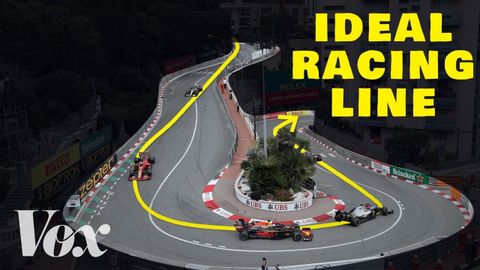F1レーサーはいかに速く曲がるか (How F1 racers turn really fast)
VoiceTube が 2024 年 09 月 28 日 に投稿  この条件に一致する単語はありません
この条件に一致する単語はありませんUS /əˈprəʊtʃ/
・
UK /ə'prəʊtʃ/
- v.t./i.近づく;話を持ちかける
- n. (c./u.)目的に近づく方法 : 道;交渉しようとして人に近づくこと;取り組み方 : 扱い方
US /rɪˈdɪkjələs/
・
UK /rɪˈdɪkjələs/
US /ˈstrætədʒi/
・
UK /'strætədʒɪ/
US /ˈkɑmprəˌmaɪz/
・
UK /'kɒmprəmaɪz/
- v.t./i.妥協する;妥協する;危険にさらす;漏洩する
- n. (c./u.)妥協
エネルギーを使用
すべての単語を解除
発音・解説・フィルター機能を解除
